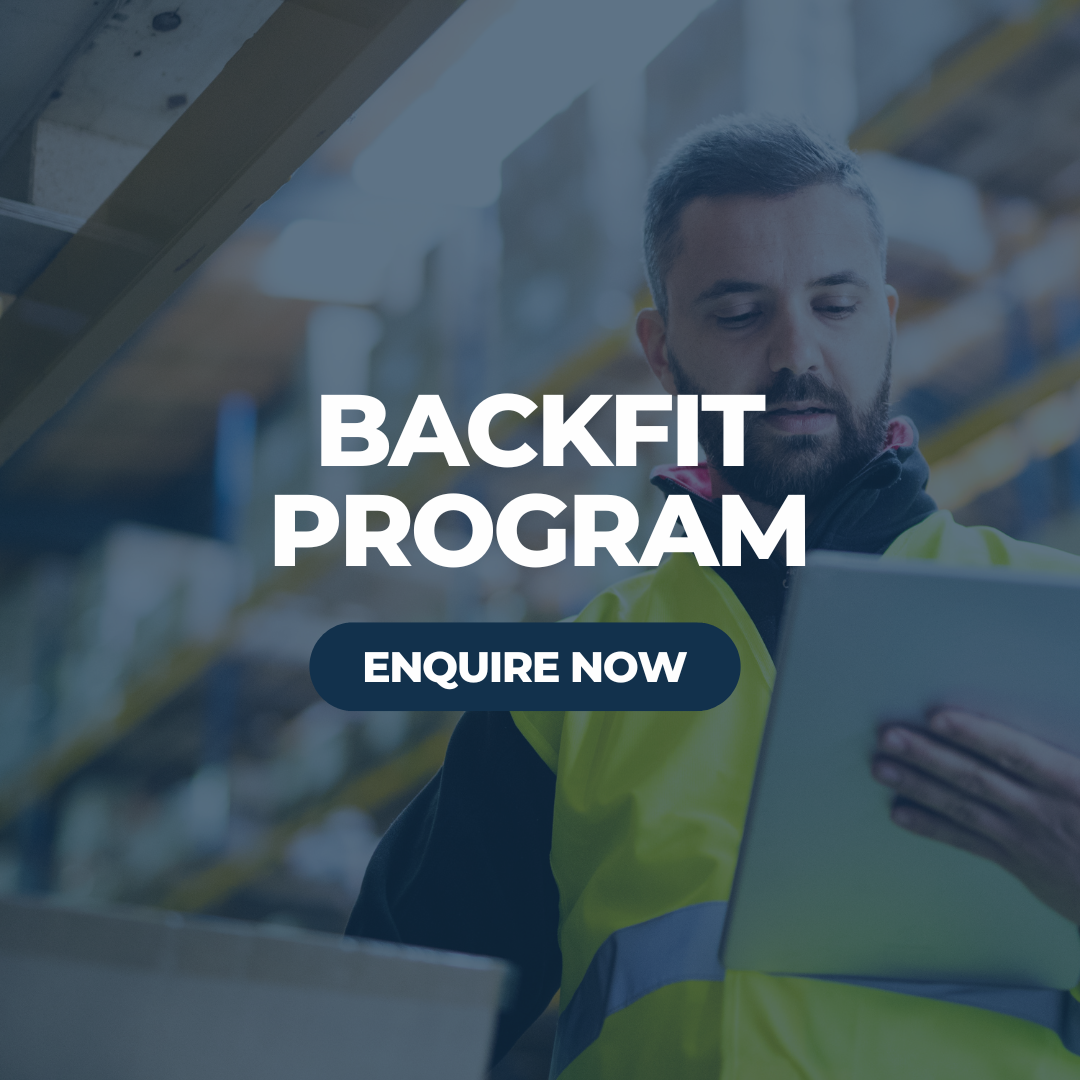Preventative Intervention Programs
Reduce injury rates and chronic disease risk through improved awareness, education and self management.
Educating and empowering employees should be the cornerstone of all health and wellbeing programs within organisations.
We continually find that at both the clinical and organisation level, once people understand the theory, they can then identify and make an informed decision to change.
This is why all our programs have a strong focus on educating and empowering people to give them the tools to make real, long-term change.
OUR PREVENTATIVE INTERVENTION PROGRAMS
BackFit key learning objectives include:
Manual Handling Principles
Prepare to perform exercises
Microbreaks
Post work care programs
Maintaining Functional Capacity
Provide employees with an up-to-date look at manual handling training with our Backfit program.
DeskFit Program
DeskFit key learning objectives include:
The effects of sedentary behaviour
Ergonomics and their role
Prepare to perform exercises
Microbreaks
Post work care programs
Maintaining Functional Capacity
Provide employees with an up-to-date look at desk-based health and wellbeing with our Deskfit program.
BackFit Program
DriveFit Program
DriveFit key learning objectives include:
The effects of sedentary behaviour
Ergonomics and their role
Prepare to perform exercises
Microbreaks
Post work care programs
Maintaining Functional Capacity










